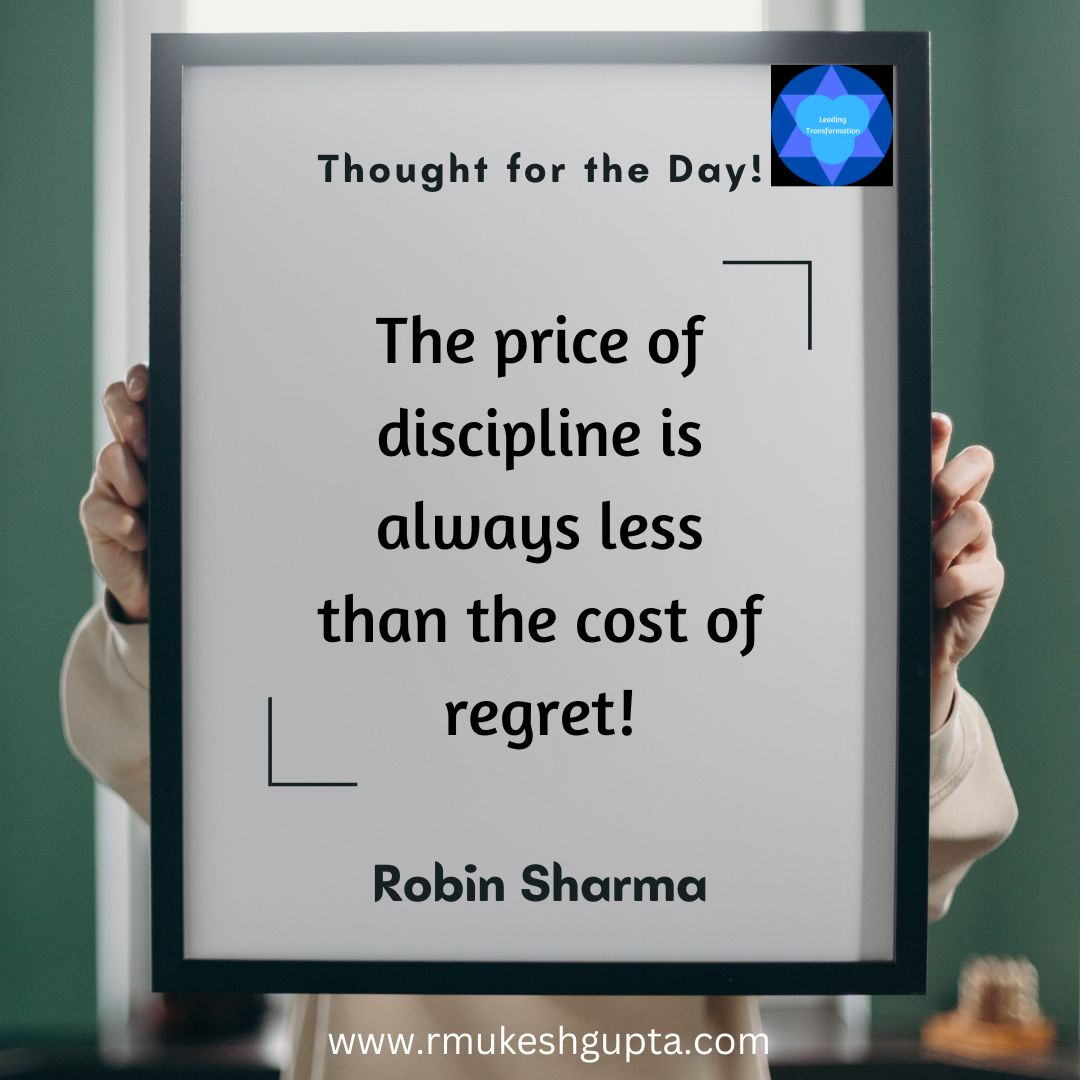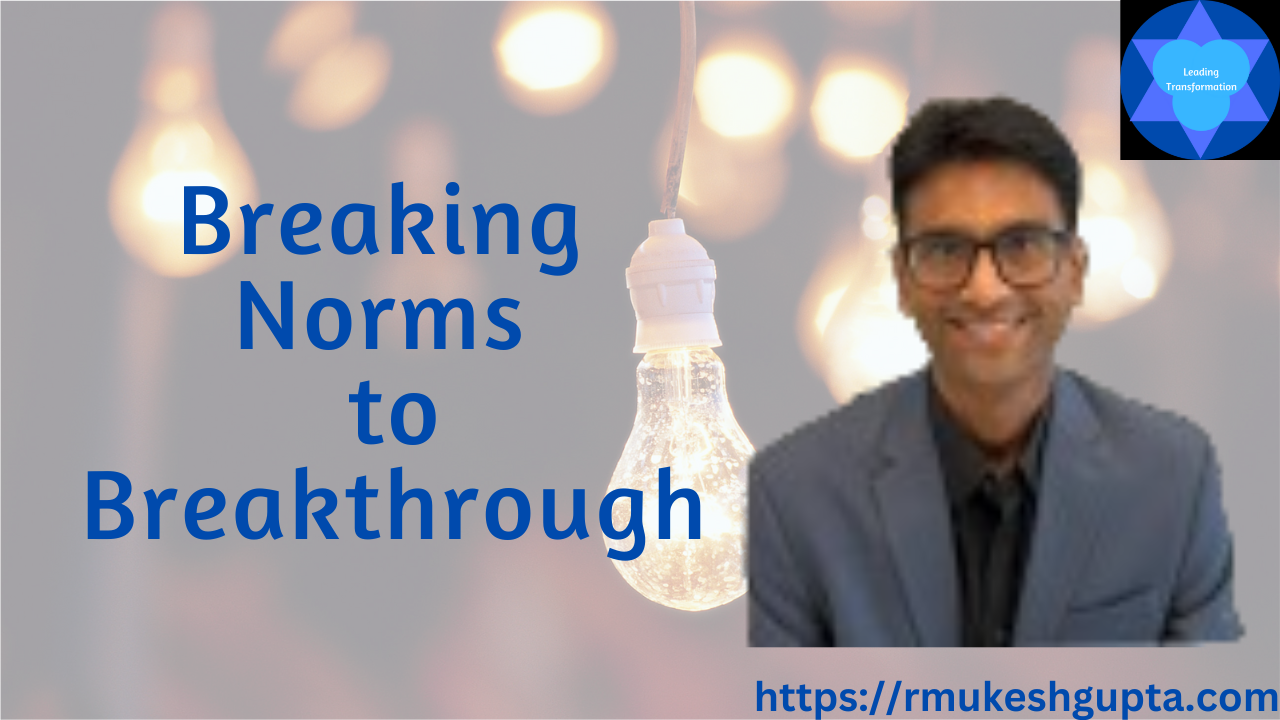Innovations Result from Solving Interesting Problems by Mukesh Gupta
I read a blog post from Seth Godin titled – “Interesting Problems“. You can read it here.
I have always held the opinion that the ability to ask Interesting Questions is key when it comes to staying in control of your innovation process. After reading the post by Seth, I think, solving interesting problems is a great path that can lead to asking interesting questions, which in turn leads us to interesting insights and eventually interesting innovations.
So, the question that begs an answer is where and how can we find interesting problems?
Seth, in his blog defines interesting problem as below:
An interesting problem is one that’s never been solved in quite this way before. It’s not always going to work. The stakes are high. It involves coloring outside the lines.
The key word to focus here is “solved in this way before”. So by this definition, I would assume that almost all interesting problems can be solved in many different ways and might already have been solved in a specific way. For example, the problem of commuting from place A to place B has been solved many times over (walk, animal driven carriages, bi-cycles, motor-cycles, automobile, aircrafts, trains, buses, etc). But if I am able to solve this problem in a way not done so far – hyperloop, driver-less cars, flying cars, time travel, etc, then the problem becomes an interesting problem.
Also, we could even go within each of the earlier solutions, lets say, bi-cycle and find a unique way to solve the problem using a bi-cycle, would be an interesting problem. This is exactly what startups like Ono bikes are doing with their products, where they use design of the product as the way to differentiate and bring in the uniqueness into the category.
Some methods or tools that can help us come up this uniqueness could be:
Insight from being a User:
Most successful products come about as a result of someone trying to solve their own itch. They understand that none of the existing solutions solve the problem that they face in a way that would work best for them. So, they go about solving the problem in their own unique way, resulting in an innovation. Also, we realise that we are not so unique after all, once the product that was created to solve our own itch, goes on to solve the same itch for a whole lot of others as well. Apple products are a great example of this kind of innovation. Steve Jobs always wanted to create products that he would love to use.
Insight from being an observer:
The other way that we can gain insights is by being an observer. If we observe a set of population well enough to understand their world-view and then combine it with our world-view, there is a good chance that we can come up with something unique. This is where design thinking can help us a lot. It gives us the tools and the methodology to understand the world-views of our target customers and combine the observational insights, with our own unique strengths to come up with a unique point-of-view, that when developed can lead to interesting ideas and subsequently innovative product or service ideas. Most continuous improvements happen using this process. You launch a product or a service and look at how it is being used and based on the observation, continue to improve the products.
Insights from being a connector:
Another way that we can gain insights is by being able to connect the dots between two disparate things or problems or ideas and create a completely new insight, which can lead us to developing a new product or service. You connect an insight from the arts world and an insight from the world of architecture and cycling to come up with a hook to store/showcase your cycle, thereby solving the problem of space (architecture) and convert your cycle to a piece of art, to be showcased and spoken about with your friends. This by itself can create a completely different designs of cycles unlocking a completely new segment of cycle as a piece of art and therefore give significant pricing power to the cycle manufacturer. This is not a fictional idea but something that is already been done. You can read about this here.
Insights from Imagination:
Humans have the inherent ability to imagine stuff. We can always use the power of imagination to come up with interesting problems to solve in our own unique way. This is something that every one of the innovation practitioners should practice to get better at. We can practice this by using the power of questions that allow us or even force us to use our powers of imagination to come up with a different and unique perspective. Frank Sesno, in his book, Ask More, has a lot of insights about how to use the power of questions when it comes to letting our imagination fly. I strongly urge you to read it immaterial of what you do for a living. Asking interesting question is an art that each one of us can benefit from. An interesting use of imagination to come up with an insight that led to an innovation is when a call centre signed up with an artist to use their exclusive audio clips to be used as the tune that listeners hear, while being on hold. This single insight flipped the problem – Instead of complaining when put on hold, now, customers (most) were happy to stay on hold. You can listen about this on my podcast episode with Dan Gregory here.
Conclusion
Irrespective of what method we use to generate the insight that can lead us to a unique perspective when trying to solve an interesting problem, it is important to note that it is critical that we develop our point-of-view. It is this point-of-view that brings in the uniqueness. As Seth points out in his blog, this is not easy.
Most of the ideas from these insights might fail. Having a unique point-of-view doesn’t feel safe. But it is the safest thing if you really want to have an impact and innovate.
So, as innovation practitioners, we all need to be brave enough to not only have a point-of-view but to have one that is unique to ourselves.
A small request:
If you liked what you read/heard, I would request you to head over to my patreon page and become a patron for the blog/podcast. You could do so by contributing anywhere from a single dollar to about 1000 USD depending upon how much you like the blog/show.
Think of it like the following – I will bring thought leaders to your door step and in return all I am asking is for you to spend just enough to get a cup of coffee for the expert that is in your home.
I would like to keep this podcast ad-free and need your support regarding the same. You can also find some very interesting artists whom you can also contribute for.
I myself support James Victore as a patron. If you are an artist yourself, consider becoming a patron for James as well or even set-up your own Patreon Page here.




One thought on “Innovations Result from Solving Interesting Problems with Unique Insights”
Comments are closed.